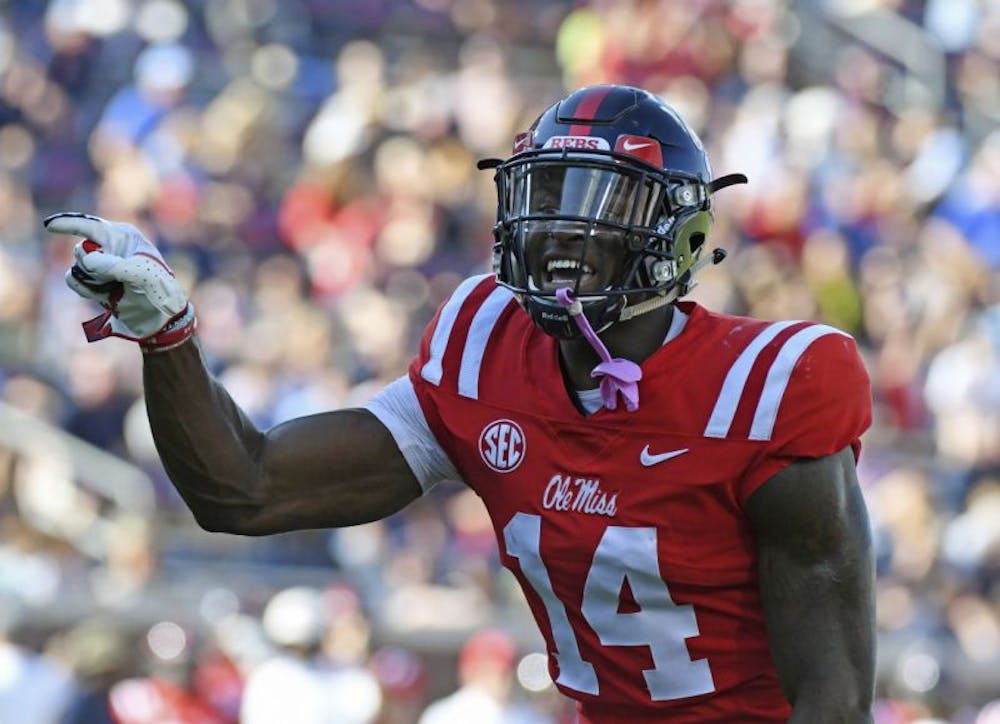The NFL combine is the most overrated, nitpicked and overemphasized event in all of sports. The idea of scouting a player’s skill set heavily dependent on 40-yard-dashes and shuttle runs is bewildering. Game film speaks for itself on how a player performs, not how many inches their vertical jump is.
Year after year, teams fall in love with the “workout warriors” and the players who are the epitome of an elite athlete at the combine. These players will make everyone’s jaw drop with every measurable which they attain. By being faster and stronger than everyone else, these players shoot up draft board, not because of skill or instinct – but because they can run a tenth of a second quicker than someone else in a 40-yard-dash.
In 2017, Washington’s John Ross ran the fastest 40-yard-dash in the combine’s history, clocking in at 4.22 seconds. His quickness jolted the wide receiver to the first round with a selection from the Cincinnati Bengals. In his rookie year, Ross brought in zero receptions, and he could only reel in 21 catches his second season.

In 2015, Kevin White of West Virginia dominated the receiver position with his combine performance, as the 6-foot-3, 215 pound beast had the fastest 40-yard-dash and tied for the most 225 pound bench press reps at his position. The Chicago Bears drooled over White’s athleticism, selecting him seventh overall. Although White has been hampered by injuries his first two seasons, in 2018 he was relatively healthy. Yet, White did not start a game and only accounted for eight targets in the nine games he played in. He was also a healthy scratch multiple times during the year.
The most notorious act of buying into “workout warriors” for the local teams this past decade came when the New York Jets drafted Georgia Tech’s Stephen Hill. The Jets, who have experienced the pain of taking the bait on genetic freaks in the past, such as Vernon Gholston, traded up for Hill in the second round of the 2012 draft. Despite being a useful deep threat in college, Hill never surpassed 28 receptions in his three years with the Yellow Jackets.
However, at the combine, Hill dazzled the scouts as he clocked in a 4.35 40-yard-dash and demonstrated his length with his 6-foot-4 height and near-67 inch wingspan. On draft day, the Jets swapped picks with the Seattle Seahawks to select Hill. Two picks after Hill, the SEC’s leader in receptions, yards, and receiving touchdowns in the last college football season was chosen in South Carolina’s Alshon Jeffrey. To make matters worse, Hill was cut by the Jets after just two seasons.
Production should always be the most important aspect when evaluating college talent. A player can certainly increase his value by looking good in front of scouts, but it should only provide context to the type of player they are. If a player was known for his explosiveness at the college ranks, a 40-yard-dash could confirm if that same explosiveness would translate to the NFL. It should not be the end all be all as some scouts make it out to be. The most successful players in the NFL are those who have performed at every level, not the guys who display athleticism for that one day a year scouts look forward to.
Robert Fallo can be reached at robert.fallo@student.shu.edu or on Twitter @robert_fallo





